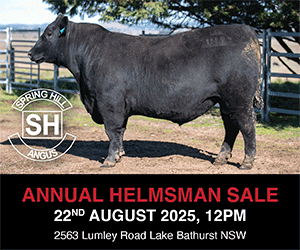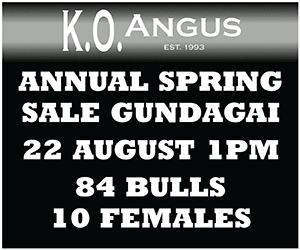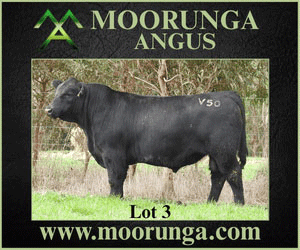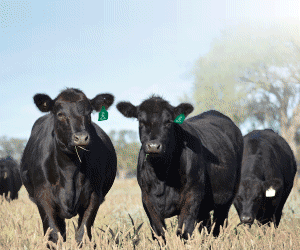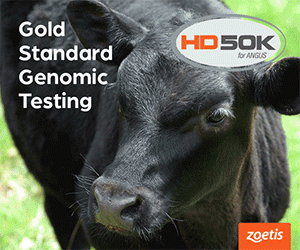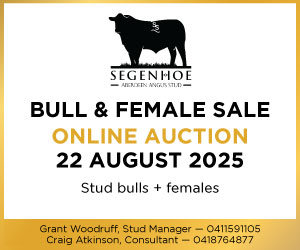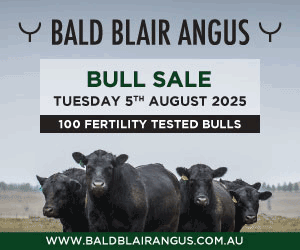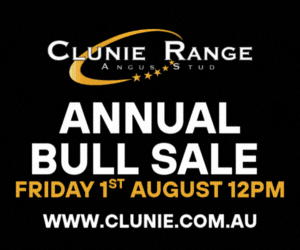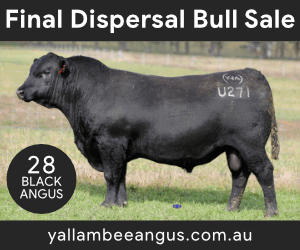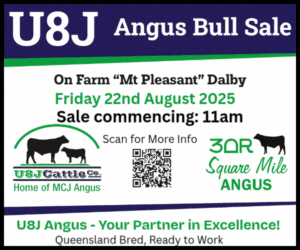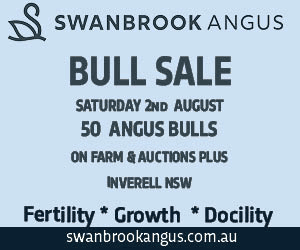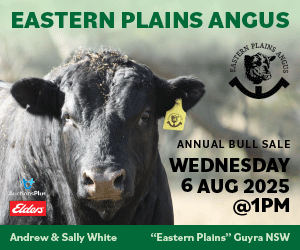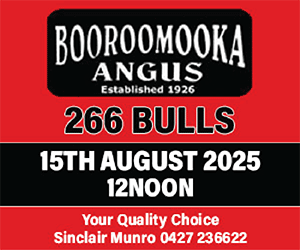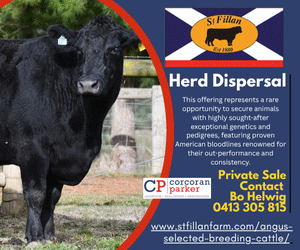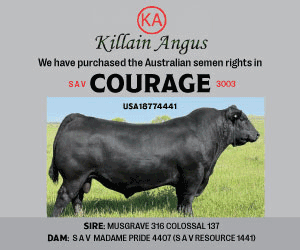Updated sire Research Breeding Values for ImmuneDEX have recently been published as an addition to the TransTasman Angus Cattle Evaluation (TACE).
The collection of immune response phenotypes, and calculation of the associated ImmuneDEX Research Breeding Values (RBV), results from a long-term collaboration between Angus Australia and Australia’s national science agency CSIRO.
The updated ImmuneDEX RBVs can be downloaded from the “Research” menu on the Angus Australia website. They are available for all Angus Sire Benchmarking Program (ASBP) sires from Cohorts 1 to 9 (n=323) with at least 25% accuracy for the ImmuneDEX RBV. The RBVs are primarily based on the immune response phenotypes and genomic profiles.
This RBV provides an estimate of genetic differences between animals for overall immune competence, a key component of resilience. Higher ImmuneDEX values indicate an animal is expected to produce progeny with an enhanced ability to resist disease challenges and therefore have lower disease incidence.
As background, immune response has been assessed on over 4,000 Angus steers and heifers from the ASBP. This was undertaken through combining measures of antibody-mediated immune responses (Ab_IR), through a blood test, and cell-mediated immune responses (Cell_IR), through a skin reaction test. Infectious agents, like the bacteria and viruses associated with Bovine Respiratory Disease (BRD), differ in the way they infect the host animal. For instance, many bacteria live outside host cells while viruses replicate within host cells. The immune system tailors how it responds to different infectious agents with extra-cellular agents most effectively controlled by Ab_IR and intracellular agents by Cell_IR.
Individuals identified as having a balanced ability to mount both a Cell_IR and Ab_IR response are expected to exhibit broad-based disease resistance against a wide range of pathogens. For this reason, an index value (ImmuneDEX) was developed which combines research breeding values for the Cell_IR and Ab_IR traits into a single value. The process by which the ImmuneDEX value is generated ensures appropriate weightings are given to component traits so that high ImmuneDEX animals have a balanced response, and genetic gains in both traits are driven at similar rates.
The ImmuneDEX value, and its component traits of AB_IR and Cell_IR, are moderately heritable, being comparable to heritabilities associated with weight and carcase traits. ImmuneDEX is generally negatively correlated with several production traits, particularly weaning weight and yearling weight. While a positive but weak relationship exists with rib fat. As is seen in other, more intensive livestock systems and species, this indicates that selection on performance traits alone, with no consideration of health & fitness traits, may lead to a higher incidence of disease.
Details of the full analysis undertaken to generate genetic parameters for the immune competence traits are currently being considered for publication in the Journal of Animal Science.
By comparison to the ImmuneDEX RBVs last published in May 2019, the updated RBVs were estimated using an additional 655 immune response phenotype records collected on ASBP cohort 8 progeny. Additionally, the RBVs have been calculated on all ASBP sires (from cohort 1-9) based on genomic predictions, rather than just those with immune response phenotyped progeny. This additional data, and enhanced modelling, has seen a greater spread in RBVs and a modification to the RBV accuracy values.


